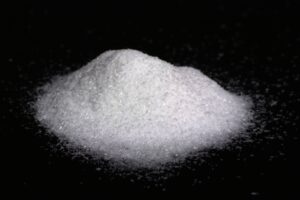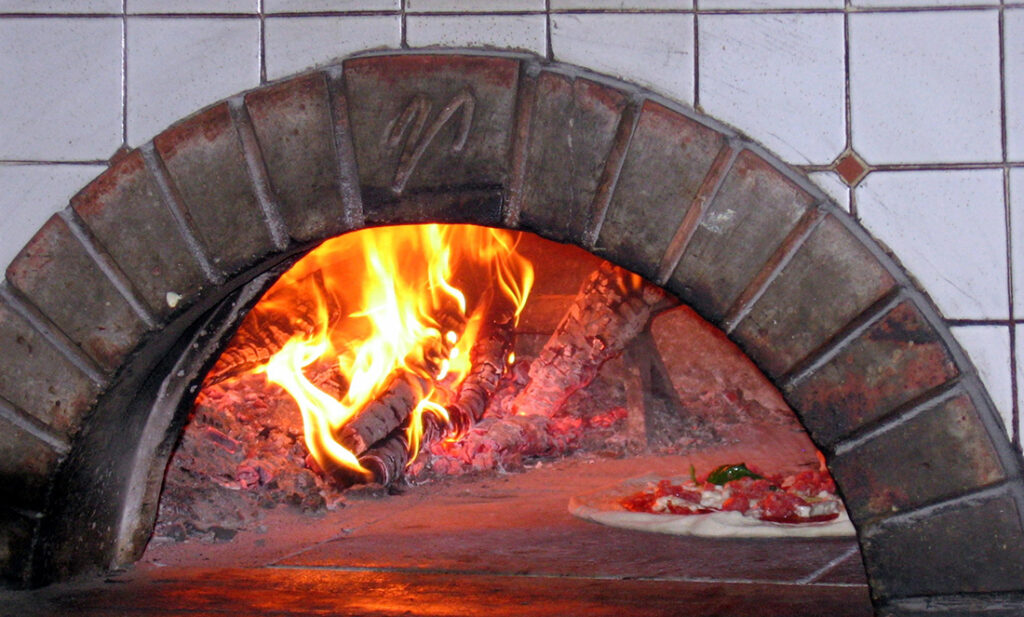Pizza has been around for nearly 200 years, and the Italians are regarded as the creators of this tasty dish. Now, a new study has figured out the physics of what makes the Italian pizza such a tasty success.
The key for a perfect pizza, according to this new study, is finding the right conditions to get a well cooked base and perfectly browned toppings.
A little pizza heaven
Italy is well known as the place where pizzas originated. But within Italy, Naples is considered the birthplace of Italian pizza. The classic Neapolitan pizza is famous for its toasty crust with charred spots, due to the super-hot oven used. The dough is fluffy but also moist and stretchy, all while the toppings are cooked through and piping hot. In Rome, the traditional pizza is made with pretty much the same ingredients and also on a brick oven, but the dough is different.
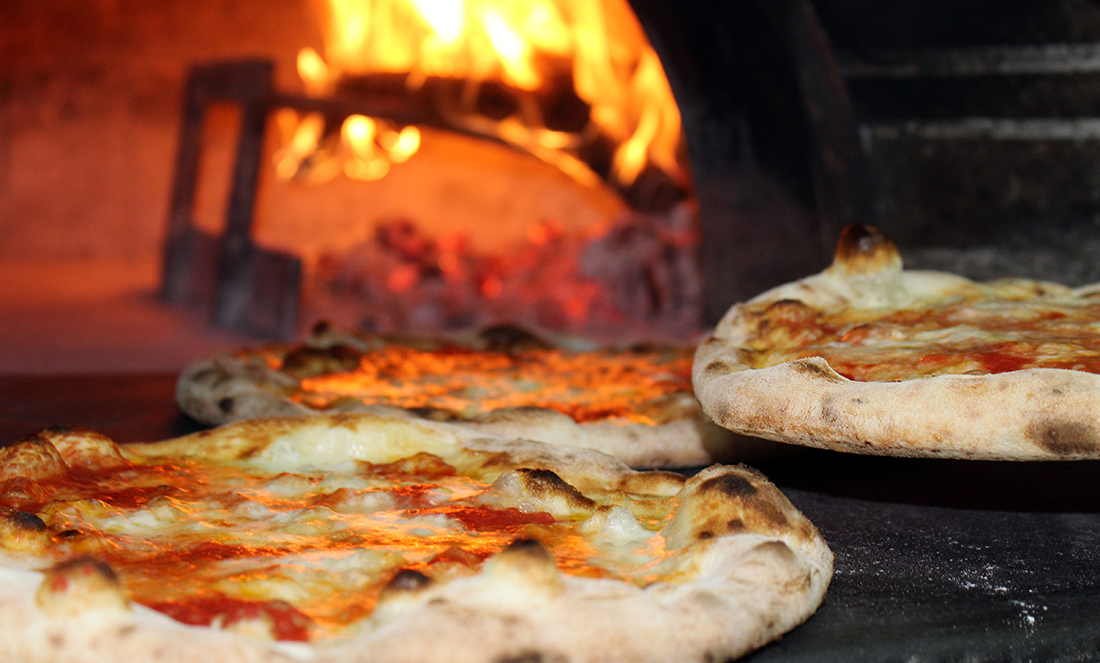
But making a traditional Italian pizza, whether Roman or Neapolitan, in your home oven has always been a bit of a challenge (and a disappointment) for mere mortals. It seems to be an art that lies only in the skilled hands of pizzaiolo (pizza makers) and their wood-burning brick ovens.
But what makes Italian pizzas so special? This is what Andrey Varlamov, one of the authors of the study, set to find out. Andrey works at the Institute of Superconductors, Oxides and Other Innovative Materials and Devices in Rome. He is passionate about understanding the physics of how things work.
“I like to understand the physical essence standing behind this or that everyday phenomenon: why rivers meander, why violins sing,” Andrey says.
So he put his curious mind to work to understand the inner workings of another of humankind’s most beautiful creations – pizza.
The physics of A perfect pizza
To understand the secrets of a perfect and truly Italian pizza, Andrey says he used a timeless approach.
“Provando e riprovando”, explains Andrey, which roughly translates as “trying and trying again”.
“So speaking with Italians, visiting with their different pizzerias, speaking with pizzaiolo, trying to learn from them the experience of generations,” Andrey says.
From these conversations with pizzaiolo, Andrey and his colleagues found that the secret was in finding a perfect balance between the heat that flows into the base of the pizza from the bricks below and the heat that reaches the toppings.
In Rome, where this study took place, a pizza is normally cooked for about 2 minutes at a blazing temperature of more than 330°C. But even if your commercial steel oven could reach these searing heats, it simply doesn’t produce the same pizza.
Andrey came up with a mathematical formula that explains what temperature your pizza reaches depending on the oven temperature and the material it is made of. His formula demonstrated how the optimal conditions used for baking a pizza in a wood oven simply could not be accomplished in an electric oven with a metallic baking surface. The reason: it’s all about conduction.
Think about what would happen if you threw a brick and a piece of metal, like steel, onto a fire. The steel would get hot much quicker than the brick. Metals conduct heat better than most other materials.
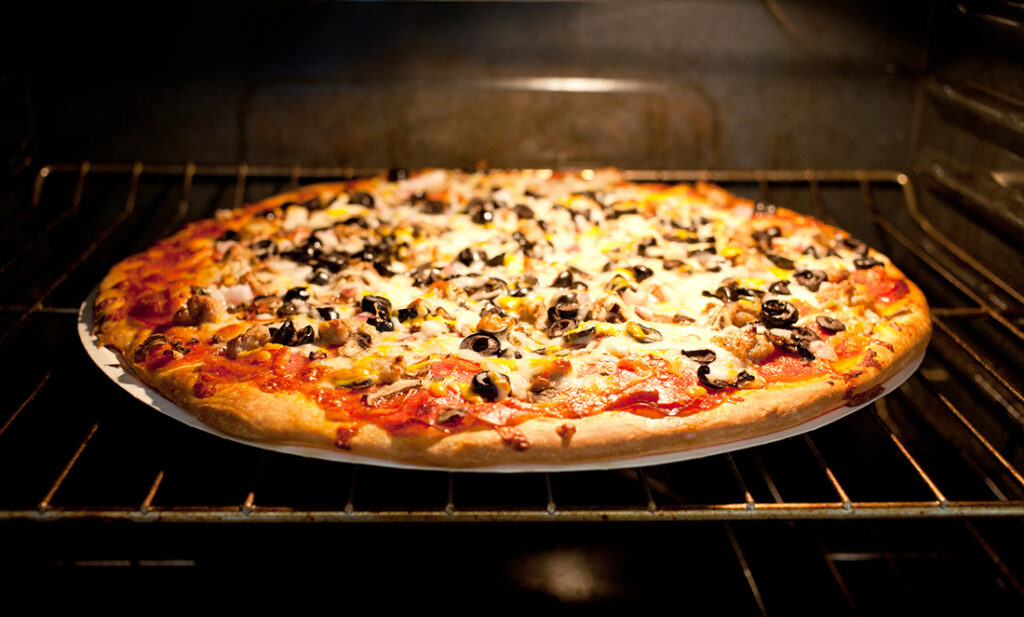
So even at the same temperature, a conventional oven would conduct heat into the pizza base much faster than in a brick oven.
At 330°C in a steel oven, your pizza base would burn to a crisp and wouldn’t have an even cook between the base and the toppings. In the brick oven, because of the lower conductivity, the heat is more evenly distributed, giving you a crispy base and nicely cooked toppings.
A bonus trick of the trade is that, when the pizza is almost ready to serve, the pizzaiolo will use their spade to lift the pizza up, so it’s not exposed to the conducted heat – only the radiant heat in the oven. This means the toppings get a little extra cooked without burning the base.
Andrey is not alone in saying a brick oven is best. Nick, an Italian from the region of Abruzzo who has been living in Perth for the past 20 years, says that he built his own brick pizza oven and it makes some great pizzas.
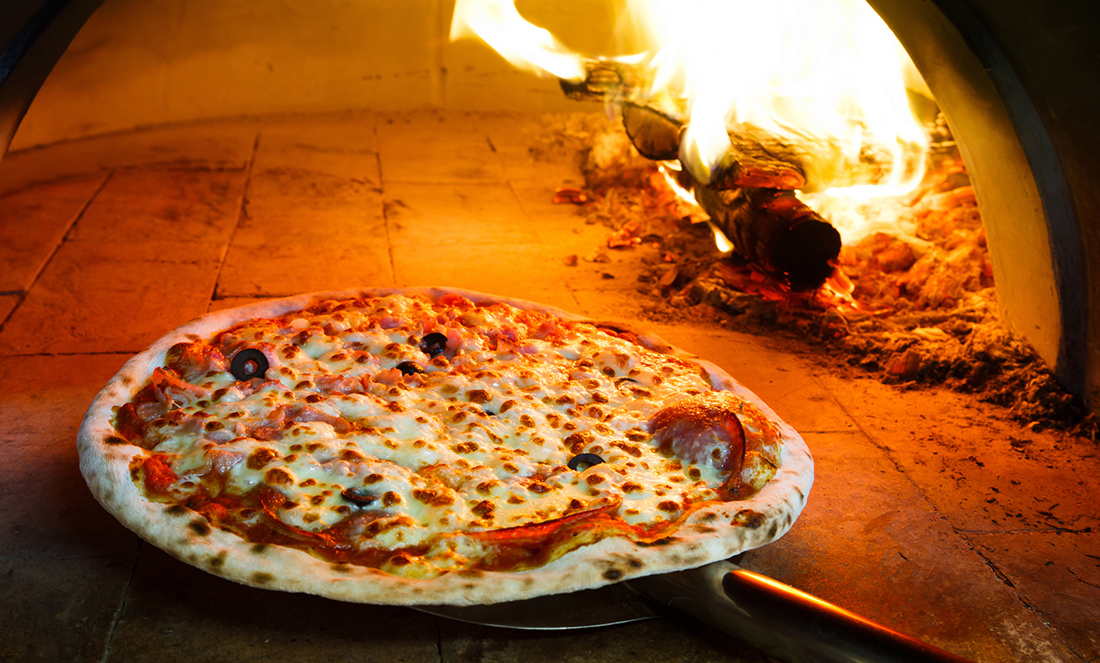
So it seems the jury is out – only a brick oven will give you the right conditions to get a high-quality Italian pizza. But don’t despair. You can get a pretty decent pizza in your conventional oven, according to Andrey.
While your oven doesn’t reach the ideal and very high temperatures for an Italian pizza, it does have a grill, Andrey explains. So you can try cooking your pizza for a few minutes in the oven and finishing it up with the grill at maximum temperature for a few seconds. You should aim for a well cooked crust and toppings without drying up the pizza.
It won’t be the same as a brick oven pizza, Andrey admits, but it will still be pretty tasty.





